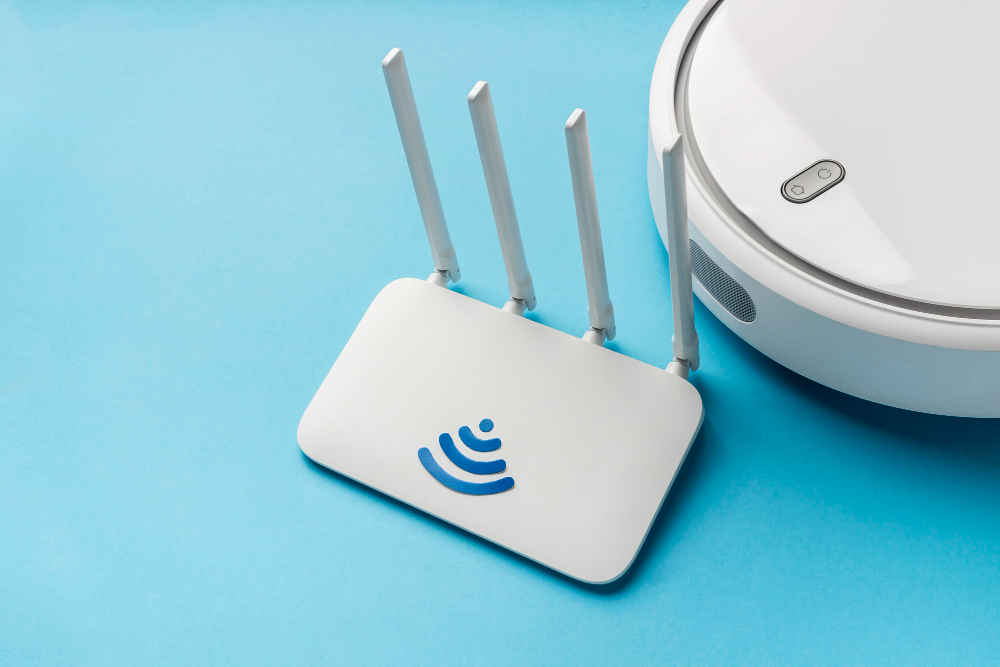If you’ve ever tinkered with your internet router or tried to set up a home or business network, you might have come across an IP address like 10.0.0.1 or 192.168.1.1. But what exactly is it? Why is it used so frequently in networking? And how can you access or troubleshoot it?
This address is commonly used as the default gateway for managing WiFi systems. Administrators can modify network settings, monitor user behavior, and handle other WiFi service features using this IP in a web browser. Whether you need to change passwords, manage connected devices, or troubleshoot issues, accessing this configuration page is crucial. So, what settings should you focus on?
In this article, we’ll break down everything you need to know about 10.0.0.1, from its purpose and usage to common problems and the various settings you can manage through this portal.

Understanding the Importance of 10.0.0.1
It is critical to know what the IP address 10.0.0.1 (or 192.168.1.1 in some routers) does when setting up a WiFi setup. You can get to your device’s setup settings through this address.
You can fix connections, control user access, and improve speed if you know how important it is. If you ever have trouble connecting, knowing how to get to this IP address will let you quickly change the settings.
It’s crucial for monitoring the number of connected users, controlling bandwidth, and ensuring seamless operation.
Also, getting to know 10.0.0.1 helps you understand how your system works, which lets you make smart choices about your WiFi service.
Use what you’ve learned to get better at managing networks.
10.0.0.1 vs Other Default IPs
| IP Address | Commonly Used By |
|---|---|
| 192.168.0.1 | TP-Link, Netgear, D-Link |
| 192.168.1.1 | Linksys, Asus |
| 10.0.0.1 | Xfinity, Cisco, Comcast, Piso |
The 10.0.0.1 address offers a wider private IP range than 192.168.x.x networks, making it better for large organizations or networks with many connected devices.
How to Access the Configuration Page
How can you quickly access the 10.0.0.1 configuration page for your WiFi?
Connect your device to the WiFi network. Open a web browser, like Chrome or Firefox, and type “http://10.0.0.1” OR “http://192.168.1.1” in the address bar. Press Enter, and you should see the login page for your WiFi settings.

Once you reach the login page, enter your username and password to access your settings. This process lets you manage your WiFi easily and efficiently.
Troubleshooting Access Issues
If you can’t access 10.0.0.1 or 192.168.0.1, try the following:
1. Check Connectivity
Make sure your device is connected to the correct network. A mobile data connection or wrong Wi-Fi will prevent access.
2. Use the Correct IP
Ensure you’re typing http://10.0.0.1 (and not www.10.0.0.1.com or similar typos).
3. Find Your Default Gateway
Run ipconfig (Windows) or ifconfig (Mac/Linux) in a terminal to see your default gateway.
4. Clear Browser Cache
A corrupted cache may prevent the login page from loading.
5. Restart the Router
A simple reboot can fix temporary glitches.
Key Settings You Can Adjust at 10.0.0.1
Once you reach the 10.0.0.1 configuration page, you have access to a variety of key settings.
You can adjust the WiFi network name (SSID), enabling you to personalize how your network appears to users. Changing the password is important for maintaining security; make sure it’s strong and unique.
You’ll also find options to manage bandwidth limits, allowing you to allocate data usage among different users effectively. Additionally, you can set up guest access to keep your main network secure.
Don’t forget to check the DHCP settings to manage IP addresses for connected devices. You can update firmware to ensure your WiFi system runs smoothly, enhancing performance and security.
A misconfigured router can expose your network to vulnerabilities, even if it uses a private IP.
Configurations to be taken care of for security reasons:
- Change the default admin credentials immediately.
- Enable WPA3 or WPA2 encryption on your Wi-Fi.
- Regularly update your router firmware.
- Use a firewall to block unauthorized access.
Read more about cybersecurity and preventive methods.
Troubleshooting Common Issues With 10.0.0.1
If you encounter issues while accessing the 10.0.0.1 configuration page, don’t worry—many common problems can be easily resolved.
Ensure your device is connected to the WiFi network. If you’re still having trouble, check that you’ve entered the correct IP address in your browser. Sometimes, clearing your browser’s cache helps, too.
If you see a login prompt but can’t log in, double-check your username and password; they might be set to default values. Restarting your router can also fix connectivity issues.
Ensure your device’s network settings are configured properly. If none of these steps work, consider resetting your router to factory settings, but remember this will erase all previous configurations.
Best Practices for Optimizing Your WiFi Network
To ensure your WiFi network runs smoothly, focus on optimizing its settings and placement.
Position your router in a central location to maximize coverage. Avoid physical obstructions, like walls or large furniture, that can interfere with the signal.
Regularly update your router’s firmware to ensure it runs efficiently and securely.
Consider limiting the number of connected devices to prevent slowdowns. Use quality of service (QoS) settings to prioritize bandwidth for essential activities.
Monitor your network’s performance periodically, making adjustments as needed to maintain optimal speed and reliability.
Whether you’re changing passwords or monitoring usage, this IP address is your gateway to a better WiFi experience.
Conclusion
10.0.0.1 is more than just a string of numbers – it’s a powerful gateway to controlling and customizing your network. Whether you’re a casual user wanting to change your Wi-Fi password or an IT professional configuring advanced routing rules, understanding 10.0.0.1 can help you take full control of your digital environment.